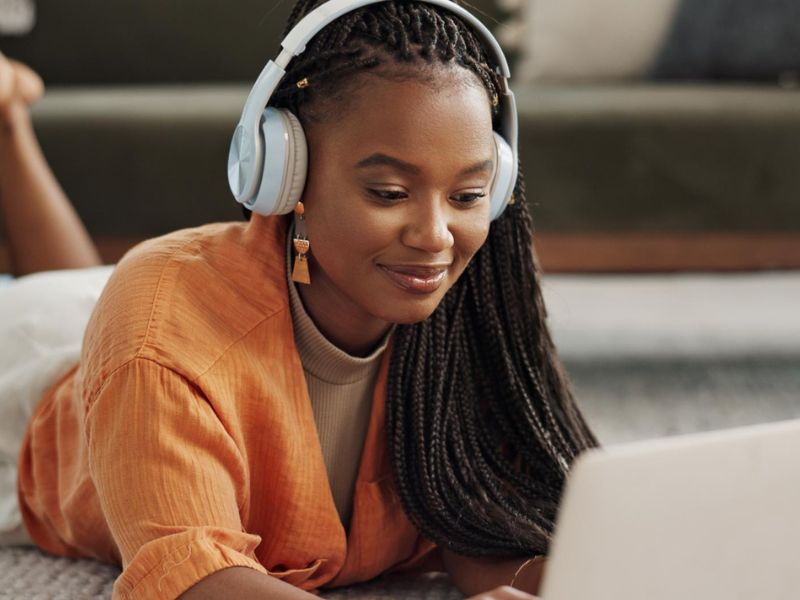When your business or team is looking for ways to solve problems or generate new ideas, the chances are you’ve called a ‘brainstorming’ session.
After all, the more brains you have the better the solution. But where did this method come from?
The technique of brainstorming can be traced back to the late 1930s and early 1940s when American advertising executive Alex Osborn developed the method to help with the idea creation process for advertising campaigns. Osborn began running group creative thinking sessions and found collective efforts resulted in a significant increase in the quantity and quality of the ideas generated. Osborn later wrote the book Applied Imagination in 1953 that popularised the term and his brainstorming technique caught on.
To help you and your team get the most out of your next creative problem solving or brainstorming meeting, here are some tips from the experts at CABA to help you run a productive and inspired session:
1. Remove all limits
This is the very basis for effective brainstorming. Encouraging outside-the-box thinking helps members of the group to let themselves go and show their creative sides. So, let the creativity in the room run rampant.
It’s important that during the creative part of the session when you bounce around thoughts and ideas, that no idea or person is judged or shot down. Even if an idea seems wildly inappropriate or lacking in value when it’s first aired, don’t allow anyone to judge or crush it, as any criticism might stifle the group’s spontaneity and creativity.
In fact, try to actively encourage unrealistic thoughts as they could well become part of a creative solution or trigger other ideas. Just remember to note down each idea before you move on to the next one.
2. Throw out your preconceptions
Try not to get caught up with the way you think things should be done while you’re taking part in a creative session. There should be no set way of arriving at your destination – so start with where you want to be, then ask for suggestions of how to get there.
Another way to spark ideas is to forget about coming up with good ideas but encourage bad ones. Consider starting off the session by asking for the worst idea or solution anyone can think of. This can put the members of the group at ease because after the worst ideas, anything is an improvement.
Similarly, try brainstorming ideas that can’t possibly work – you may be surprised at how this reverse technique can help trigger ideas that go on to become successful.
3. Aim for group diversity
When a brainstorming group includes a wide range of experience, it can boost the richness of the ideas offered and explored. When you’re putting your team together, try to include participants from different disciplines, with different personalities.
You may also want to include at least one person in the group who wouldn’t normally be there – someone from a different department, for instance. This can help shake things up and help stop the session from becoming stale, as an outsider may well think differently to everyone else in the room.
Also encourage everyone in the group to contribute, including those who tend not to speak up very often. This can help with team morale as everyone will feel they’ve contributed to the final outcome.
4. Avoid micromanaging
If you’re leading the meeting, try not to control it. Remember that in an effective idea generation session the group should feel free to try new things without being overshadowed or limited by anyone. Micromanagement is often described as the death of creative thinking, so support your team instead of trying to manage them and allow each person in the group the opportunity to shine.
5. Learn from failure
While thinking sessions can be incredibly effective there’s no guarantee you’ll come away from your meeting with the wonderfully creative idea or solution you were hoping for. But there’s still a lot you can learn, even from a not-so-successful session.
Acknowledging that the session wasn’t a success is the first step. Then try to work out what happened and why. Ask yourself if anything could have been done to change the outcome of the session. This can help you decide if you need to do anything differently in the future.
Most importantly, try not to play the blame game. Pinpointing one or more individuals as the cause of a session’s failure may well discourage the team from making a positive contribution in any future meetings.
Brainstorming is just one way to encourage creative thinking, but there are plenty of other techniques out there. Why not ask your colleagues to each run a creative session to help find what works best for your team?
Just make sure your meetings are as productive as possible, so people stay enthused and engaged.









